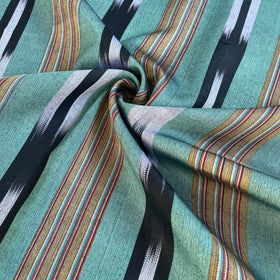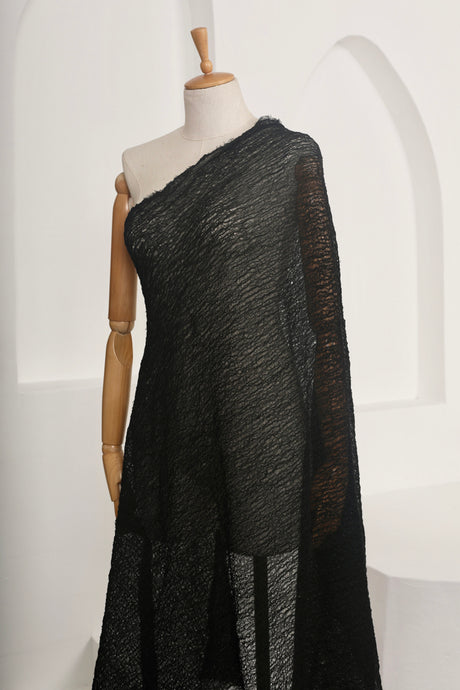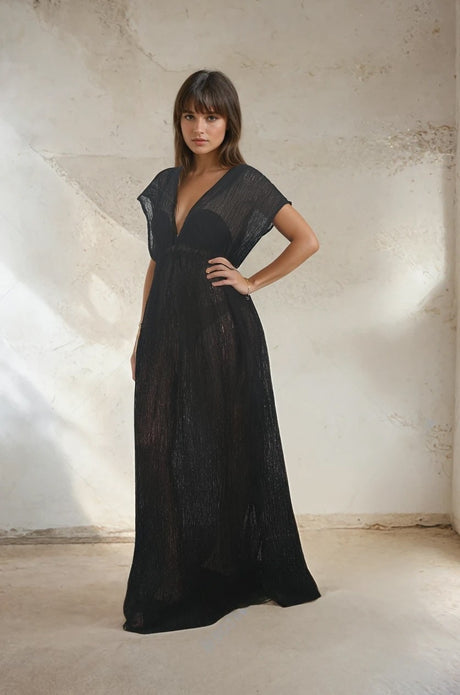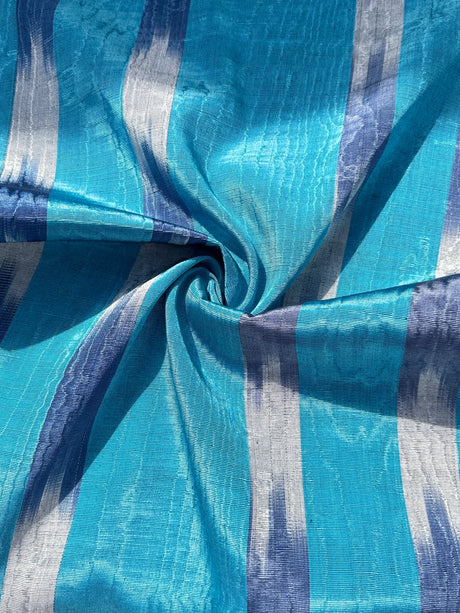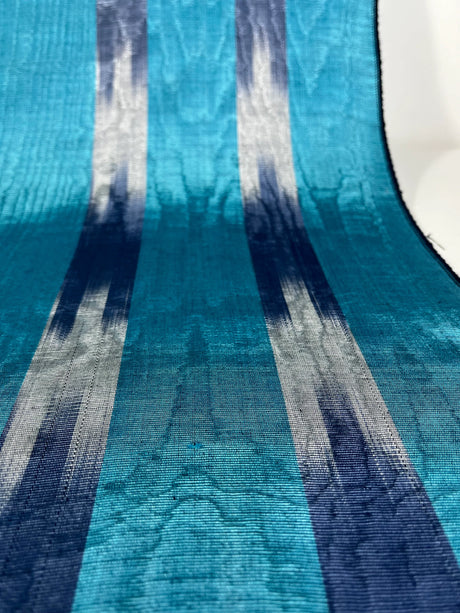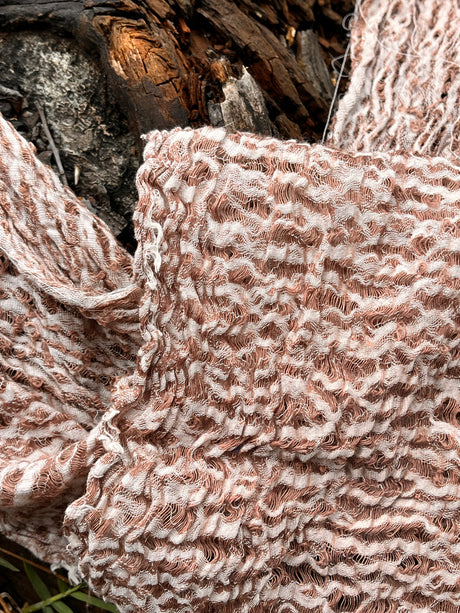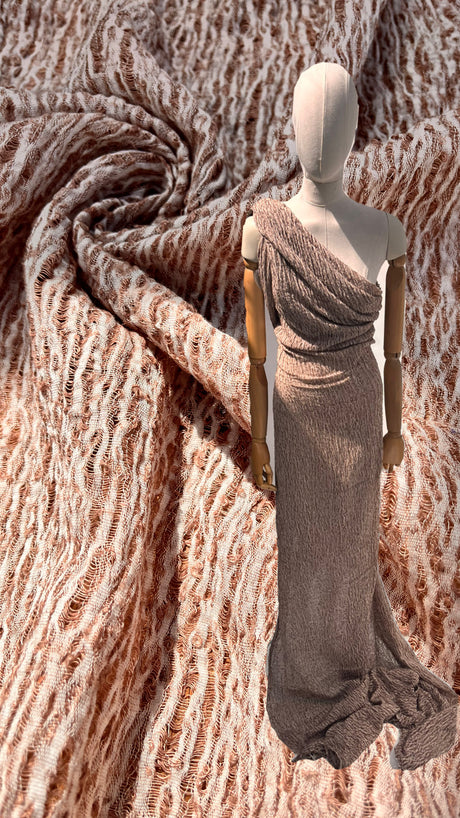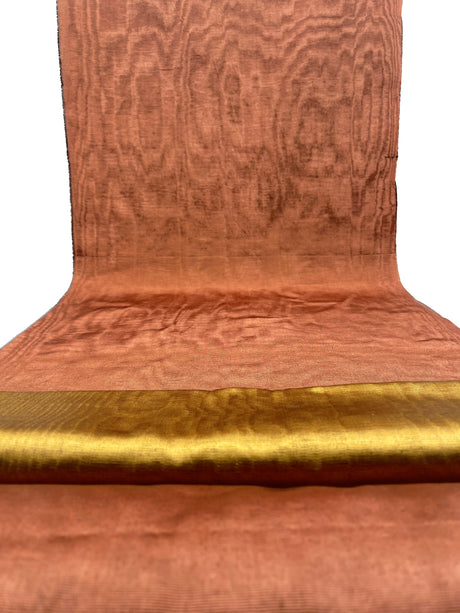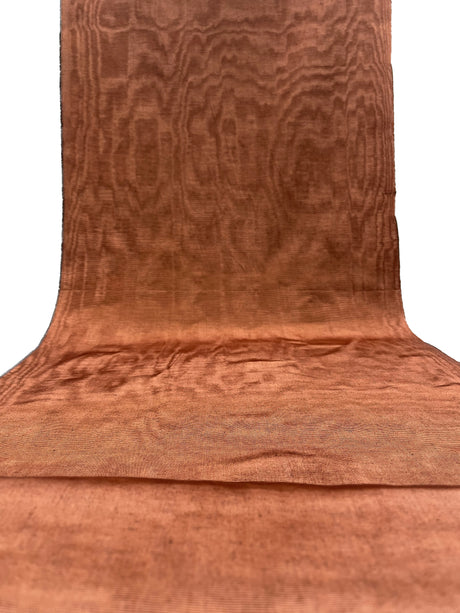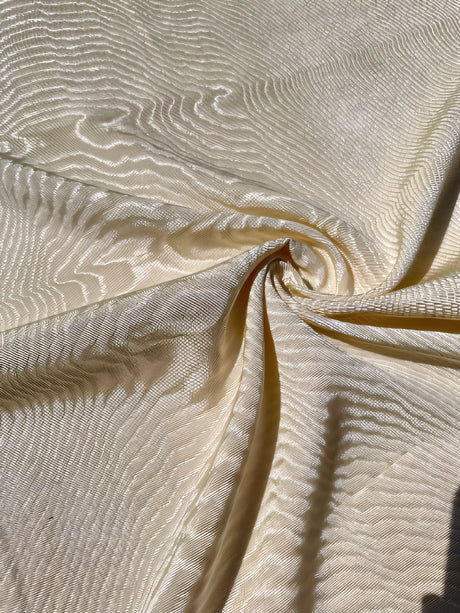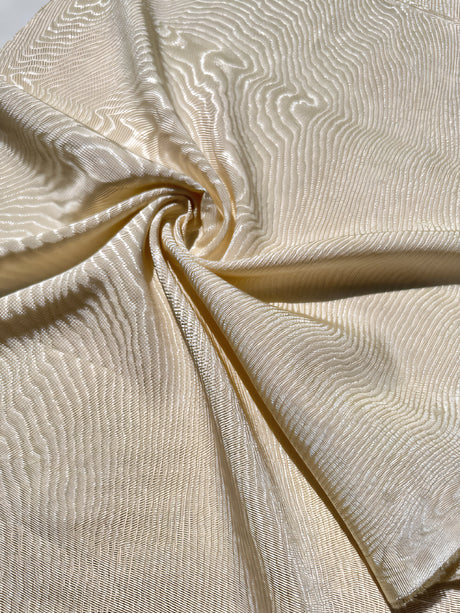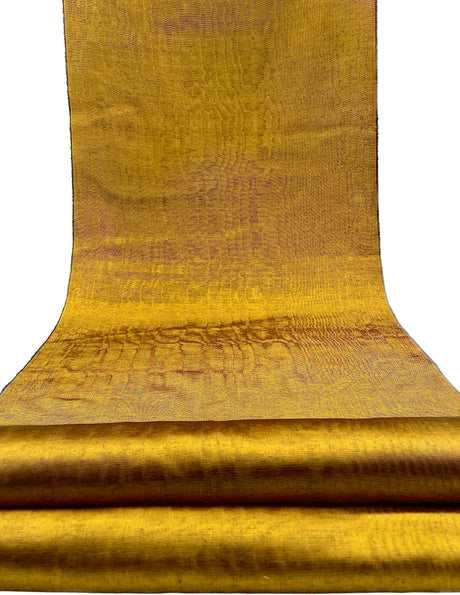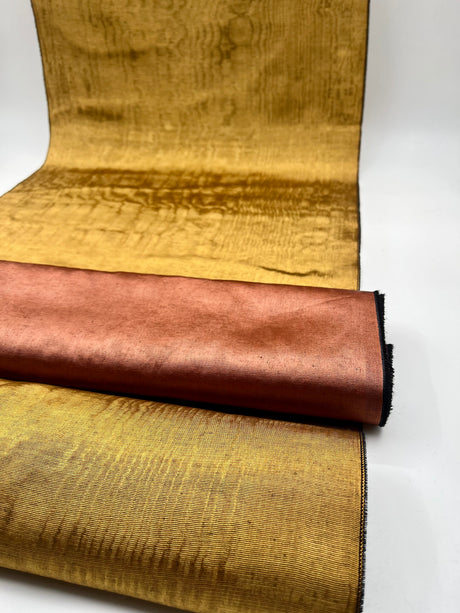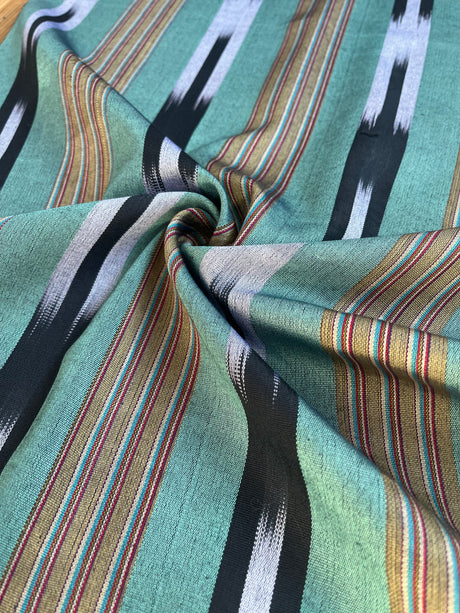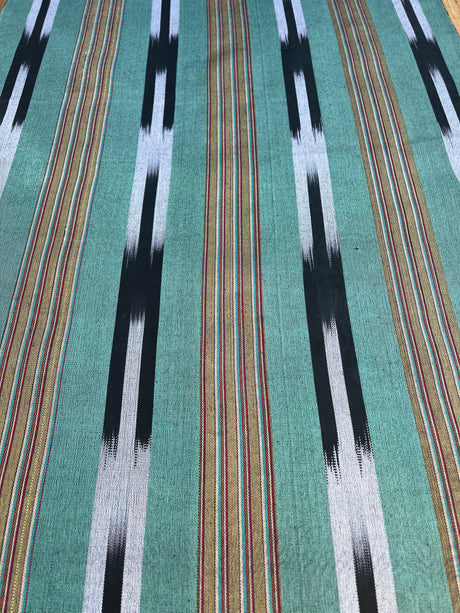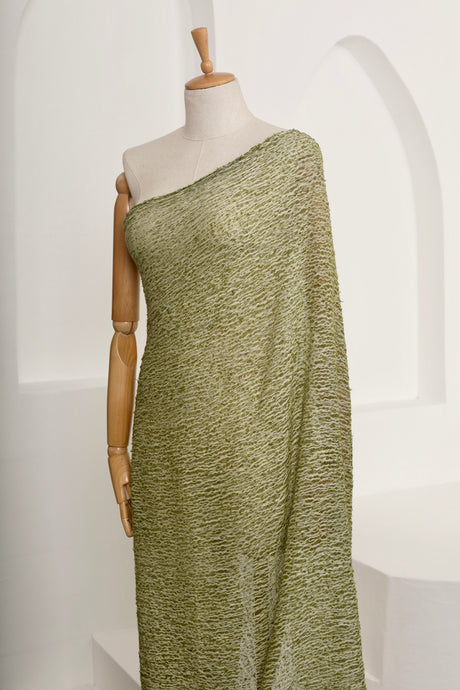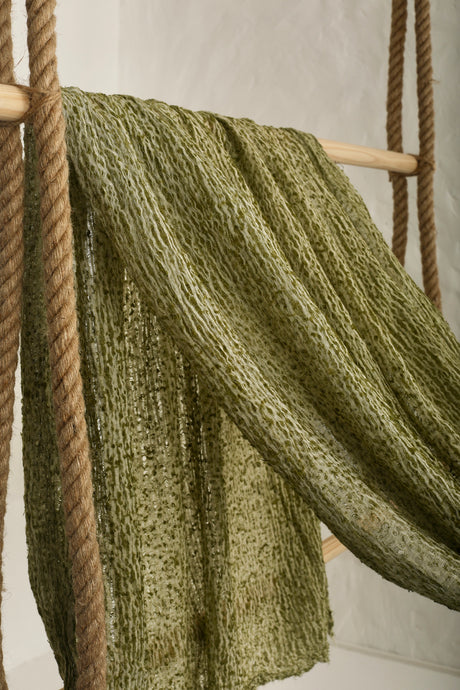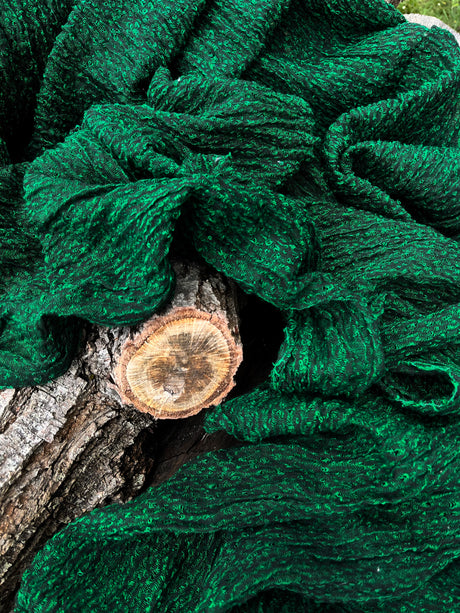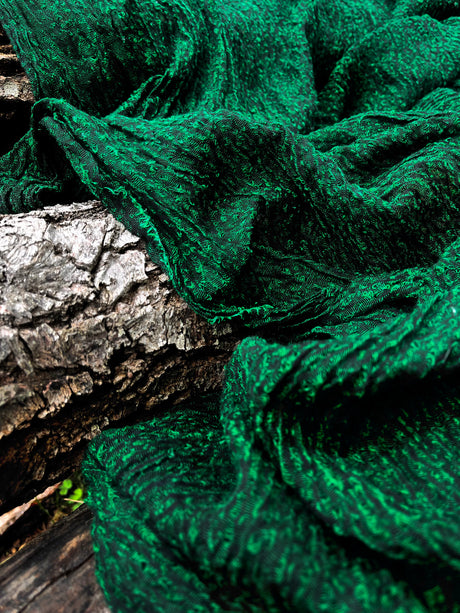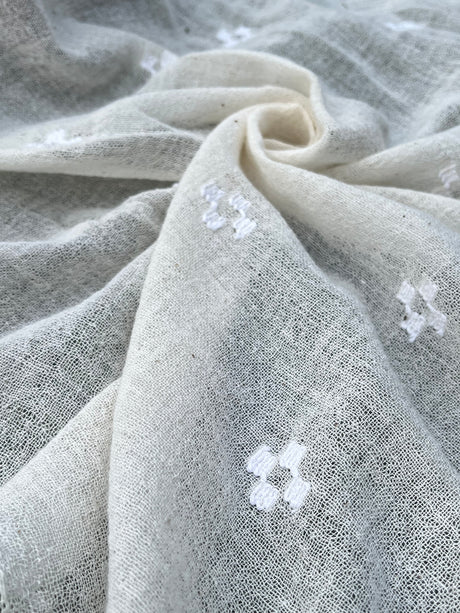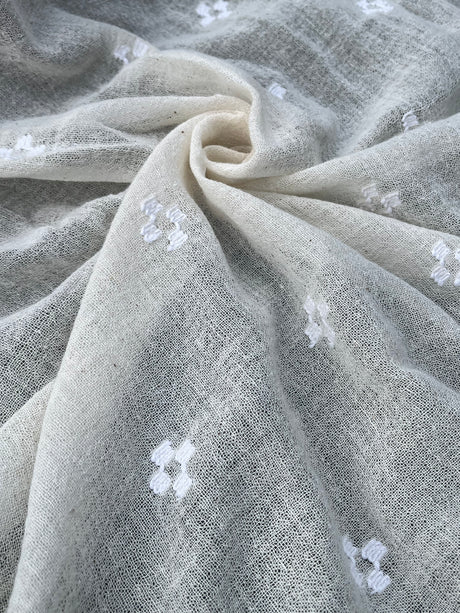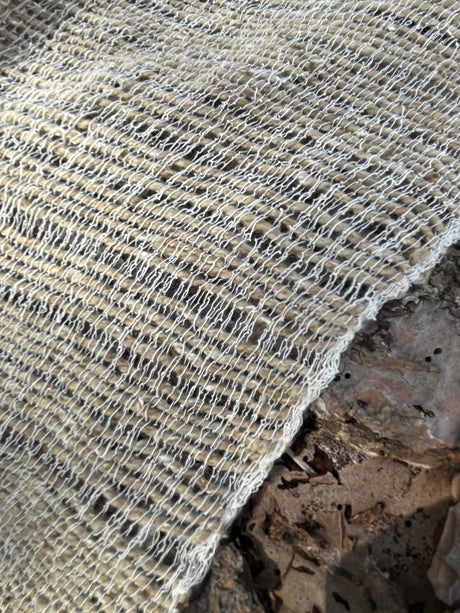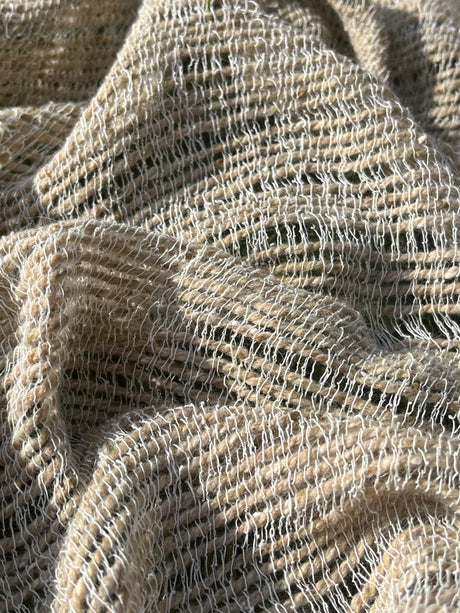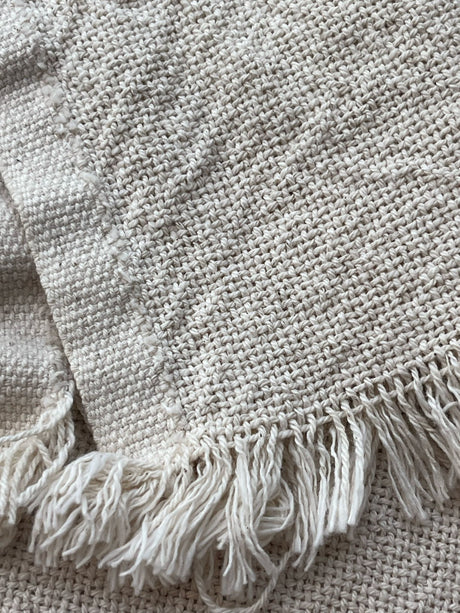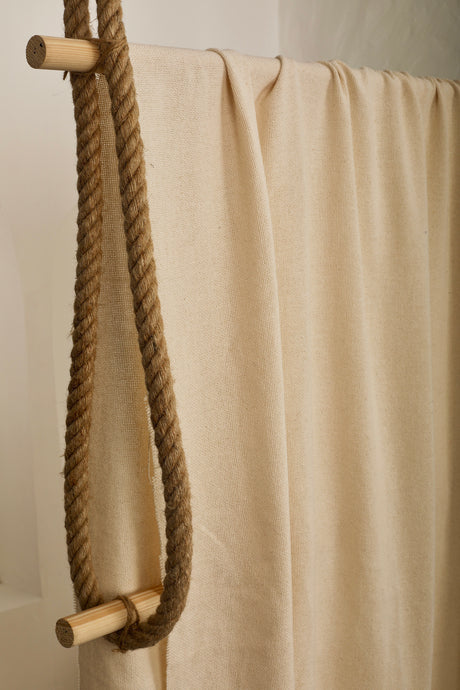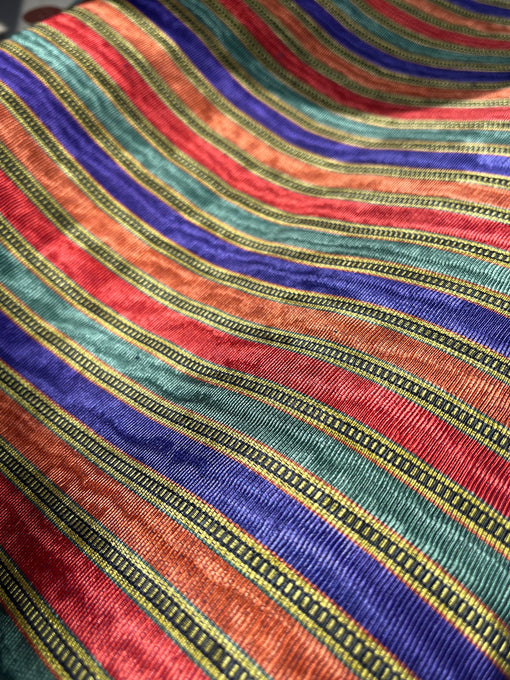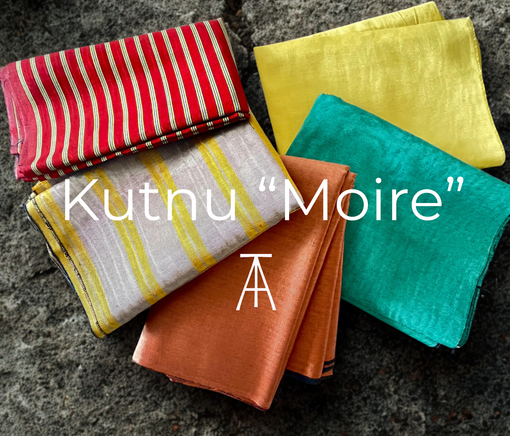
- Article published at:
- Article author: Yasemen İnan
- Article tag: Anatolian fabrics
- Article comments count: 0
Where Can Traditional Kutnu Moiré Fabric Be Used? From Heritage to Modern Design
Kutnu Moiré is one of the most striking representatives of Anatolia’s rich textile heritage. Especially in Anatolian Textures’ collections, this unique fabric is woven with a blend of silk and cotton and finished with the shimmering moiré effect, giving it a wave-like, lustrous surface.
So, where can this timeless textile be used today? Let’s explore its versatility across fashion, design, and interiors.
✨ Key Features Recap
Material: A blend of silk and cotton — combining silk’s brilliance with cotton’s durability.
Weaving & Moiré Technique: Special finishing techniques create the characteristic rippling water-like effect.
Variety: Lightweight, fine versions are ideal for garments, while denser weaves are perfect for interiors and upholstery.
Cultural Value: A heritage fabric rooted in Ottoman tradition, carrying centuries of craftsmanship and artistry.
🏛 Potential Uses of Kutnu Moiré
Application
Why It Works
Things to Consider
Fashion & Apparel
Ideal for elegant dresses, kimonos, jackets, and skirts. The moiré sheen interacts beautifully with light, adding depth and luxury.
Lightweight fabrics are delicate — care during ironing and handling is important.
Accessories
Scarves, belts, ties, and headpieces gain visual richness through moiré’s texture.
Ensure strong hemming to avoid fraying with frequent use.
Special Occasion Wear
Wedding gowns, evening dresses, and ceremonial garments glow under stage or event lighting.
Light and color choice should complement the shimmering effect.
Home Décor
Perfect for curtains, cushions, runners, and table décor. Thicker moiré Kutnu versions bring luxury to upholstery.
Direct sunlight may fade colors; protective linings can help.
Art & Costume Design
Used in theater, opera, and photography backdrops for dramatic visual impact.
Ensure reinforced stitching for costumes requiring heavy movement.
Luxury & Branding
Boutique hotels, high-end interiors, and premium packaging use moiré for a refined image.
Regular care and professional cleaning extend fabric life.
🔍 Inspiring Ideas
Bridal trains and capes: The luminous moiré texture creates a magical effect under wedding lights.
Statement curtains: Moiré’s wave-like sheen brings movement and depth to living spaces.
Decorative cushions & throws: Add richness and artisanal flair to interiors.
Boutique visual merchandising: Draped moiré textiles transform displays into eye-catching showcases.
Kutnu Moiré is not just a fabric — it is a bridge between heritage and modern design. Its soft sheen, cultural richness, and versatile structure make it a perfect choice both for timeless fashion pieces and luxurious interiors.
At Anatolian Textures, you can explore a wide range of Kutnu Moiré fabrics — from lightweight apparel weaves to denser home décor versions — and bring authentic Anatolian craftsmanship into your designs.
Learn More

